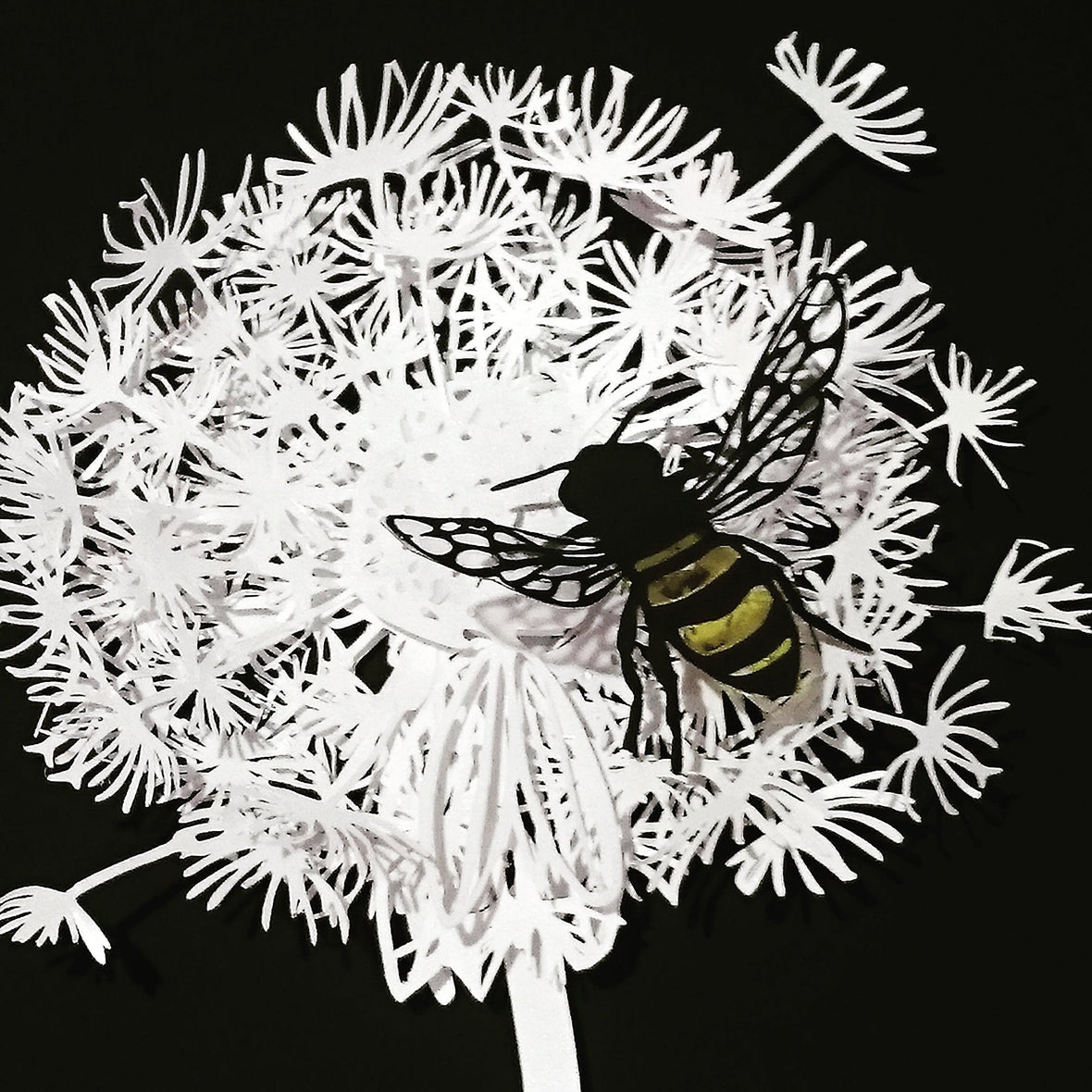
Paper Cutting with Black Paper
Angela Park1 comment
The ultimate guide to paper cutting with black paper.
The humble sheet of paper can be transformed into a wonderful story, with the stroke of a brush, a pencil or in this case a scalpel blade or scissors. Black papers provide a traditional silhouette style or can be used in contemporary layered cuts, where multiple layers or paper are cut and stacked to create a 3D picture. During our quest to find the very best papers for paper cutting, we have narrowed down the selection to the best papers available.
Paper
So Silk is a great all round paper cutting paper, and is recommended by one of my favourite designers, Sara from Wildchild Designs. Sara designs with black silhouettes in mind, her work is intricate, quirky and sometimes a little wild. She has design choices to suit everyones taste.
So Silk is made in Italy by Cordenons. It contains real Silk fibres, this makes the surface incredibly smooth and soft to touch. It has a sheen, almost a pearlescent finish. Their black paper, has a grey side which allows for ease of printing your papercut design. When printing, for best results print in black and use a draft or quick print setting. This helps prevent over saturation of ink, and rippling of the paper. Allow to dry completely before cutting. So Silk is the paper we use in all our classes and workshops. It's firm, forgiving and doesn't fray easily. It also has crisp defined edges when cut.
This paper can be cut using scalpel, scissors or cutting machine ( Machine cutting refers to machines such as Silhouette, or Cricut)
- Papers and paperboards produced with ECF.
- (Elemental Chlorine Free) wood-free primary pulp.
- FSC® certified.

Centura Pearl 95gsm
Centura Pearl is made in the UK by Slater Harrison. Only weighing 95 gsm, it is lightweight and delicate, perfect for cutting fine details, and has a bright white side, which will show up printed designs perfectly. This paper is more fragile than other papers selected, and is easily marked with finger prints or even during storage. When cut, the white can sometimes show through, this can be touched up with a permanent black pen. As before, we recommend using the draft or quick print setting. The coated paper has a lovely pearlescent finish.
Professional detailed paper cutter Dave from Down The Dale Papercuts, uses this paper to create the most incredibly detailed works of art.
- 100% recyclable, acid free, and contains no Metallic pigments or Plastic.
- It is certified by the Forest Stewardship Council® (FSC) under the Chain of Custody Scheme.
- It is suitable for all common print techniques, embossing and foil blocking.
- Hand cutting with scissors or blade.

“The Rose”, Alphonse Mucha by Dave from Down The Dale Papercuts
Stardream Onyx 120 gsm & Stardream Anthracite 120 gsm,
These papers are made in Italy by Cordenons. A premium Pearlescent paper, made with a coated surface with a matching colour core. Stardream papers are most popular in multi layered pearlescent tonal packs to create a layered Papercut design. This is where multiple layers are printed and cut, to create a layered 3D effect when completed. Despite being coloured black or dark grey, once printed, your designs can be seen in daylight, due to the coated pearlescent surface. Print your design in black ink for best results, on a draft or quick print setting. Allow to dry fully before cutting. Due to the coated surface of the paper, if you rest your hand heavily on the surface you may notice a purple or blue colour on the underside of your fingers from ink transfer. You can help avoid this, by placing a thin clean piece of paper under your hand to avoid contaminating your work area.
Suitable for hand cutting with scissors or blades, as well as detailed machine Papercuts using the 120gsm paper.
Shown below, is a papercut by Victoria Bond from Ambellotte Art using one of PaperStory's Pearlescent layered packs. Victoria enjoys all papercutting techniques, although layered papercuts have become a firm favourite. Her focus is on wildlife, which can be seen in her incredible detailed designs.

- Pulp composition
- Papers and paperboards realised with ECF (Elementary Chlorine Free) wood-free primary pulp from well managed forests, single layer, pulp-tinted and finely coated with pearlescent pigments.
- Completely recyclable and bio-degradable.
- Neutral pH (cold extraction).
- Pulp bleached using ECF (Elementary Chlorine Free) process.
- FSC approved.
Canson Mi Teintes 160 gsm, Fabriano Tiziano and Hahnemühle 160 gsm, are all very similar papers. The difference lies in the texture of the surface, colour choices and cotton content. Each has a unique textured surface, with a smoother surface on the other side (print onto the smooth surface and display the textured side ).
Traditionally designed for Pastel, Pencil or mixed media surfaces, these papers make great Papercutting papers. Having a textured surface, makes a clear distinction when framed, that you are looking at paper. Whereas, looking at smooth papers can sometimes look like a screen print or lino print. I have grouped these three papers together as they all weigh 160gsm and have very similar qualities in appearance and how they cut, with very subtle differences.
The paper has crisp edges when cut, textured surface and a firm rigid feel. They can also be used for small scale card making, layered cuts or even shadow boxes. Create Papercuts using hand cutting with scalpel or machine cutting for basic shapes.
Below is another design by Ambellotte Art, using a mixture of 160 gsm papers in a layered pack. They are often referred to as "Hammered Packs" due to the surface texture.

My personal favourite black paper is called The Tube 130 gsm which is brimming with style and class. This paper is made in Italy by Favini, and has a fabulous velvety feel. This is my ultimate go to paper, because the details I can create are unrivalled by any other paper, especially when using micro scissors. I can shave a slither of paper using scissors to create a delicate whisker detail or feathers and fur. The paper is a flat matte finish, the surface even repels finger prints. To date, it is the flattest mattest black paper ever produced. This makes printing onto this particular black almost impossible to see. There are a few solutions for paper cutters.
- "Double up" - print your design on a thin white paper, and place on top of 'The Tube". Secure both sheets in place and cut through both layers at the same time.
- Use a pencil, a HB will do just fine. The pencil shows up in silver against the black.
- Or use tracedown paper. Make sure to use the white version ,and transfer the image.
- This paper is also great for machine cutting as well as using a blade. For the finest of details, whiskers and hair, then micro scissors are the best method to achieve this. I use the Perga cutter scissors myself. They have a tweezer type action that sits comfortably on your hand, with a very fine tip.
Papercut design by Angela Park from PaperStory. Incredibly fine details are achieved using a combination of blade and scissors.

Spray painting
In this instance, I would recommend one of the art papers such as Canson Mi Teintes, Hahnemuhle or Tiziano, each weighing 160 gsm which helps prevent rippling when spraying.
Cut out the design in white or a pale colour, then spray using a water based artist paint, such as Montana. Using a spray booth/cardboard box and appropriate mask, apply a couple of light coatings to the paper, making sure each coat is thoroughly dry before the next. Using a quality art paint will help prevent fading and flaking over time, or damaging the paper. This method always carries a greater element of risk, of overspray, rippling, mottled coverage or damage to your design. Also, do not frame between glass, or pressing on to the surface of glass.
We hope this helps with your paper choices, and would love to know your comments and thoughts.


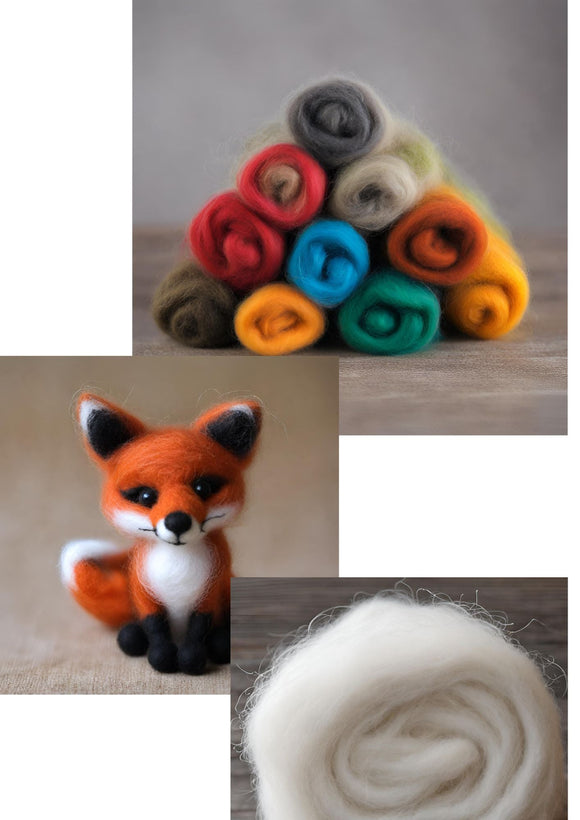
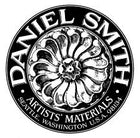
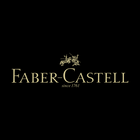
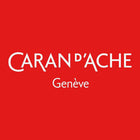
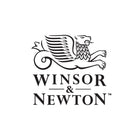


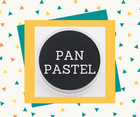

Comments (1)
Great, informative article Angela. I’ll definitely be bookmarking the page for future reference. Thank you!